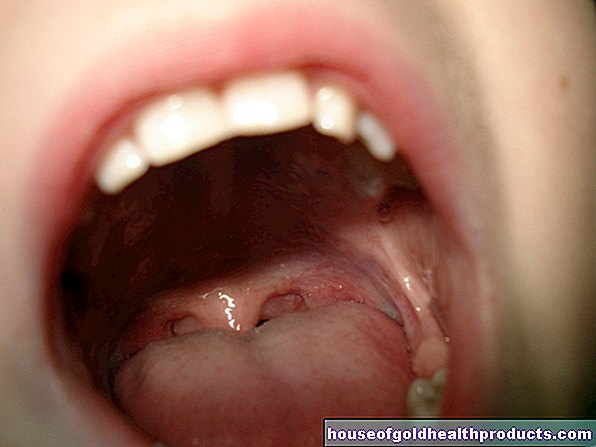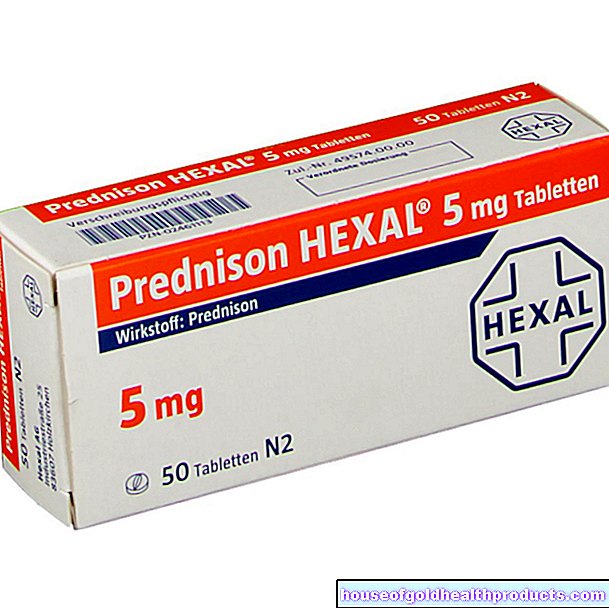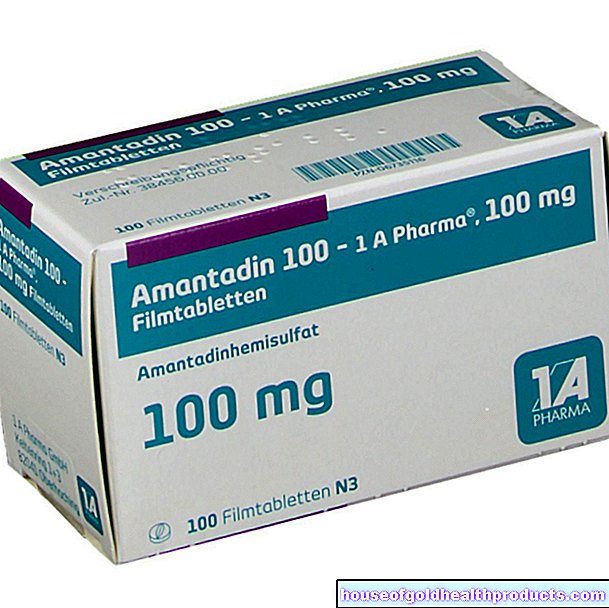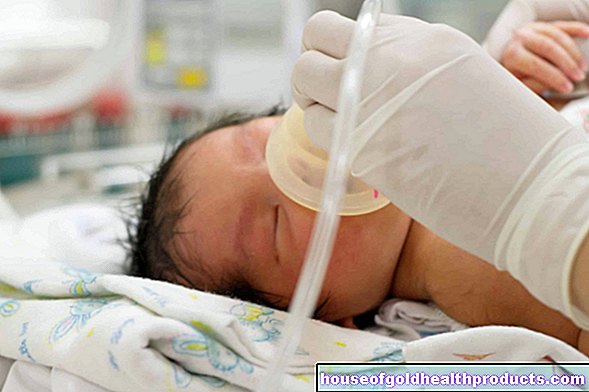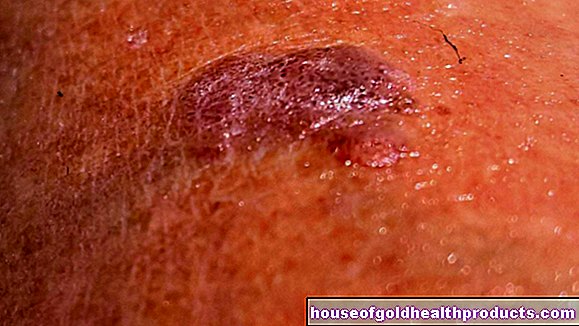Fibrinogen
and Eva Rudolf-Müller, doctorEva Rudolf-Müller is a freelance writer in the medical team. She studied human medicine and newspaper sciences and has repeatedly worked in both areas - as a doctor in the clinic, as a reviewer, and as a medical journalist for various specialist journals. She is currently working in online journalism, where a wide range of medicine is offered to everyone.
More about the experts All content is checked by medical journalists.Fibrinogen is a blood clotting factor. It is the preliminary stage of fibrin: this protein envelops and stabilizes the blood platelets (thrombocytes) that accumulate at the site of a vascular injury. The conversion of fibrinogen to fibrin takes place through the thrombin. Here you can read everything you need to know about fibrinogen, when the doctor measures your blood level and which diseases affect the measured values.
What is fibrinogen?
Fibrinogen is a protein that plays an important role in blood clotting and is also known as factor I. It is the preliminary stage of fibrin, which envelops the platelet plug - which forms at the site of a vascular injury - like a net. In addition, the fibrinogen belongs to the so-called acute phase proteins. These are various laboratory values that increase with certain diseases.
When is the fibrinogen determined?
The doctor determines the fibrinogen, for example if a congenital or acquired fibrinogen deficiency is suspected. The latter can result from liver damage, for example. Other important indications for checking fibrinogen levels are:
- monitoring fibrinolysis therapy to dissolve a blood clot (containing streptokinase or urokinase)
- the control of substitution therapy with fibrinogen
- Suspicion of abnormal excessive activation of blood coagulation (consumption coagulopathy)
- Suspected acute phase reaction, a systemic reaction of the body to infections, tissue damage and other diseases
Fibrinogen: normal values
The normal level of fibrinogen in the blood is age-dependent. The following standard ranges (reference ranges) apply for children, adolescents and adults:
|
age |
Fibrinogen normal value |
|
up to 4 days |
167 - 399 mg / dl |
|
5 to 30 days |
162 - 462 mg / dl |
|
31 days to 3 months |
162 - 378 mg / dl |
|
4 to 6 months |
150 - 379 mg / dl |
|
7 to 12 months |
150 - 387 mg / dl |
|
13 months to 5 years |
170 - 405 mg / dl |
|
from 6 years |
180-350 mg / dl |
Attention: The limit values depend on the method and laboratory. In individual cases, the reference ranges given on the laboratory results apply.
When is the fibrinogen low?
Some diseases impede the production of fibrinogen. These include, for example, severe liver diseases such as cirrhosis or acute hepatitis. Other situations that lead to reduced measured values are:
- late phase of consumption coagulopathy (pathological activation of blood coagulation, also called disseminated intravascular coagulation)
- severe blood loss
- rare congenital fibrinogen deficiency or total lack of fibrinogen (hypo- or afibrinogenemia)
- Use of certain medications (for example asparaginase in the treatment of acute lymphoblastic leukemia)
Newborns also have lower levels of fibrinogen than adults. However, this is quite normal at this age and does not indicate an illness.
When is the fibrinogen increased?
The fibrinogen is a so-called acute phase protein. This means that it increases with a systemic reaction of the body to certain situations. Other acute phase proteins are, for example, C-reactive protein (CRP) or ferritin. Diseases that lead to an increase in acute phase proteins are:
- Inflammation (e.g. rheumatism, Crohn's disease)
- Tumors (neoplasms)
- Burns
- Trauma (e.g. operations)
- Diabetes mellitus and the metabolic imbalances caused by it
- Uremia due to kidney failure (uremia is poisoning of the blood with substances that should actually be excreted in the urine - in short: urine poisoning)
Even when consumption coagulopathy begins, the fibrinogen is too high. However, the values drop as the disease progresses - even below normal.
What to do if the fibrinogen is changed
If the fibrinogen is too low, the risk of bleeding is increased. These are sometimes difficult to master. If, therefore, a reduced fibrinogen level is noticeable, especially before a planned operation, the doctor must determine the cause before intervening and rule out a fibrinogen deficiency disorder.
Chronic diseases with increased fibrinogen must be optimally adjusted. For example, the correct dosage of medication in the case of diabetes or the use of dialysis in the case of kidney failure is of great importance. If the fibrinogen is permanently increased, the risk of cardiovascular diseases and strokes increases.
Tags: elderly care gpp eyes


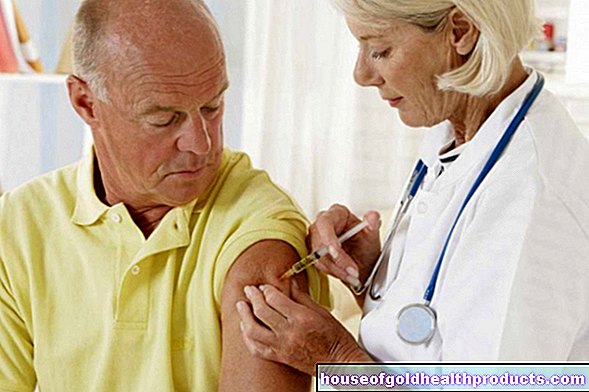

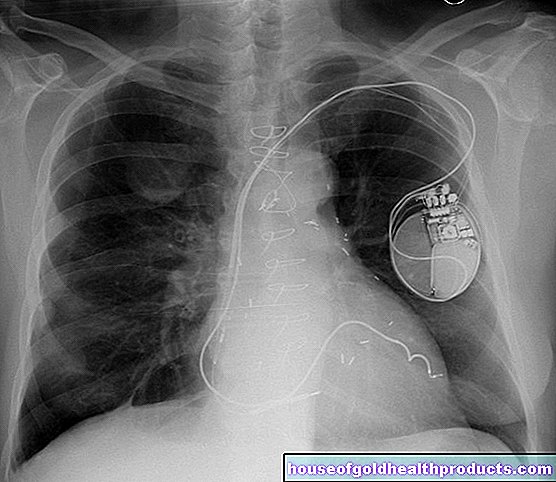




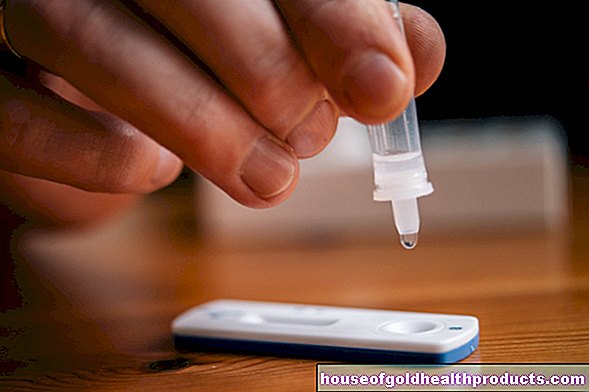

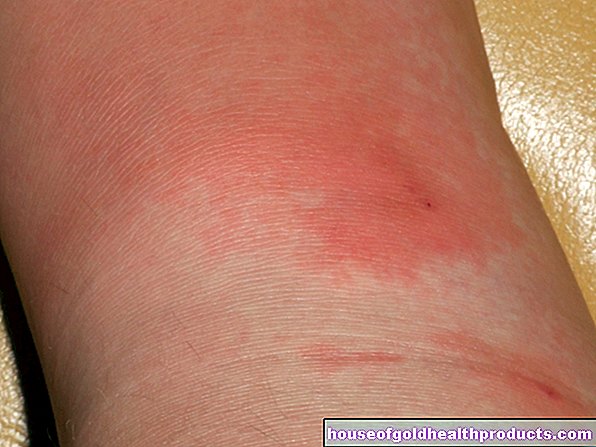
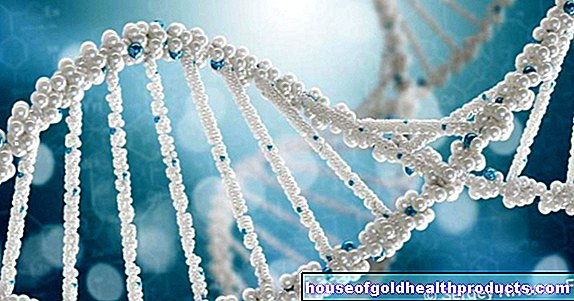


.jpg)



